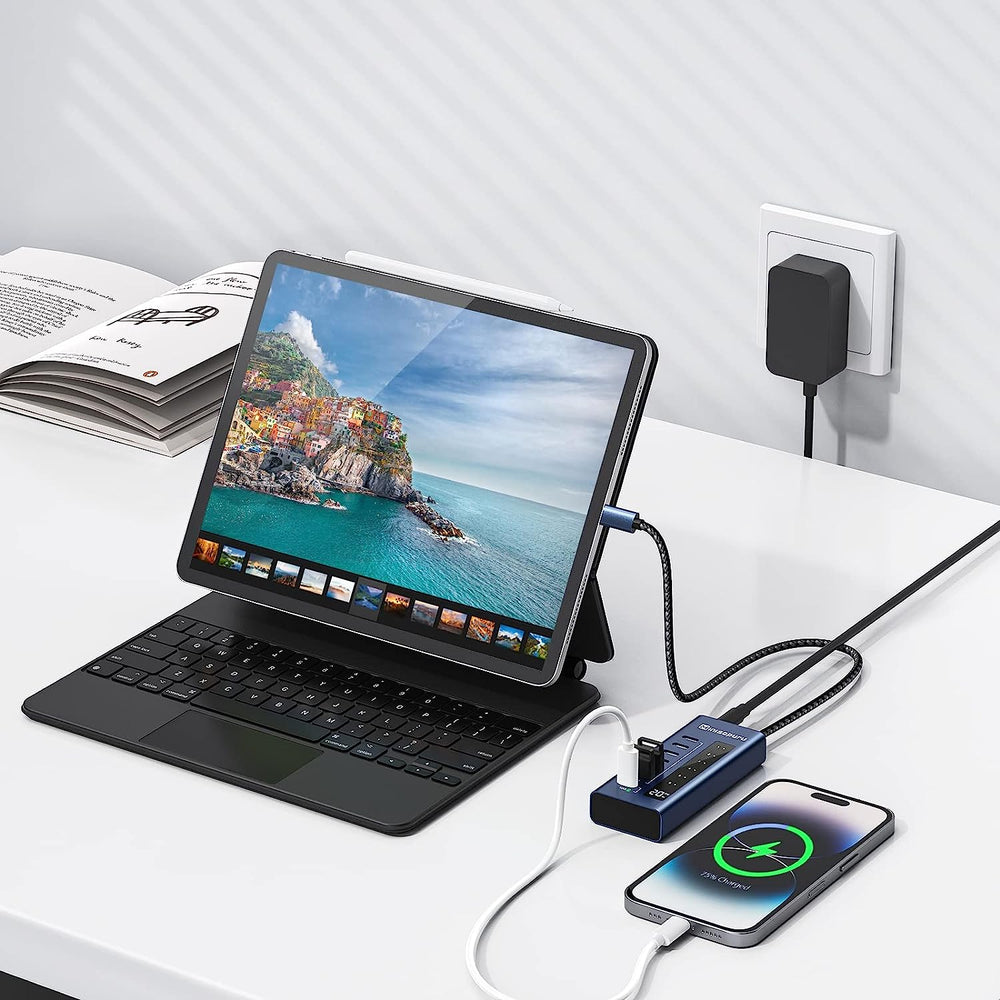RAM (Random Access Memory) is essential for gaming PCs, enhancing system responsiveness and frame rates compared to systems with less memory. This article explores how RAM functions, how to select compatible modules, and the amount of memory needed for gaming.
How RAM Functions
RAM stores short-term data necessary for a PC's operation. Unlike hard disc drives or SSDs, which retain data permanently, RAM resets upon system reboot. It's "volatile memory," meaning it stores data only when powered. Programs are temporarily loaded into RAM while in use, with their permanent storage on a drive.
Quick access to temporary data is crucial for running programs or tasks. Modern games, for instance, rapidly retrieve art assets from RAM due to its faster data access compared to storage devices.
Compatibility with Your Motherboard
Before selecting RAM, ensure compatibility with your motherboard and processor. Incompatible RAM won't work or may underperform. Modern motherboards support DDR4 RAM, not interchangeable with DDR2. DDR4 offers faster data transfer rates, larger capacities, and lower voltages than DDR3.
Module Type and Form Factor
RAM comes in sticks or modules. Desktop motherboards use DIMM (Dual In-line Memory Module) sticks, while laptops and some small form factor motherboards use SO-DIMM (Small Outline Dual In-line Memory Module) sticks.
Important RAM Specifications
- Capacity: Measured in gigabytes (GB), higher capacity allows more data storage and simultaneous application running.
- Speed: Measured in megatransfers per second (MT/s), higher speed ratings enhance read/write response and performance.
Gaming RAM Requirements
Gaming RAM needs depend on your activities. For AAA titles, 8GB is a baseline, but games like Red Dead Redemption 2 recommend 12GB for optimal performance. For broader activities including streaming and multitasking, consider 32GB.
RAM Speed Considerations
Balance capacity and speed. Faster RAM can improve game performance and frame rates, though performance gains vary by game. Faster RAM also enhances frame time stability and can shorten boot times.
Installation Tips
RAM is often sold in kits of two or four modules. Check your motherboard's memory slots before purchasing. For dual-channel RAM, install modules symmetrically for increased bandwidth.
Dual-Channel RAM
Dual-channel mode allows the CPU's memory controller to read/write to two sticks of memory simultaneously, increasing bandwidth. Ensure each stick has the same speed, capacity, and timings for optimal performance.
Overclocking RAM
Overclocking can enhance RAM performance beyond stock specifications through Intel® Extreme Memory Profile (Intel® XMP). This involves adjusting voltages, timings, and frequency in the BIOS.
Aesthetics and Cooling
Memory heatsinks are often purely aesthetic, as RAM doesn't generate much heat unless overclocked. RGB lighting can add customization but ensure compatibility with your motherboard.
Choosing the Right RAM for Your Gaming PC
The amount of RAM needed depends on your budget and use case. Ensure the RAM's specifications meet your needs and balance with other system components for optimal performance.

